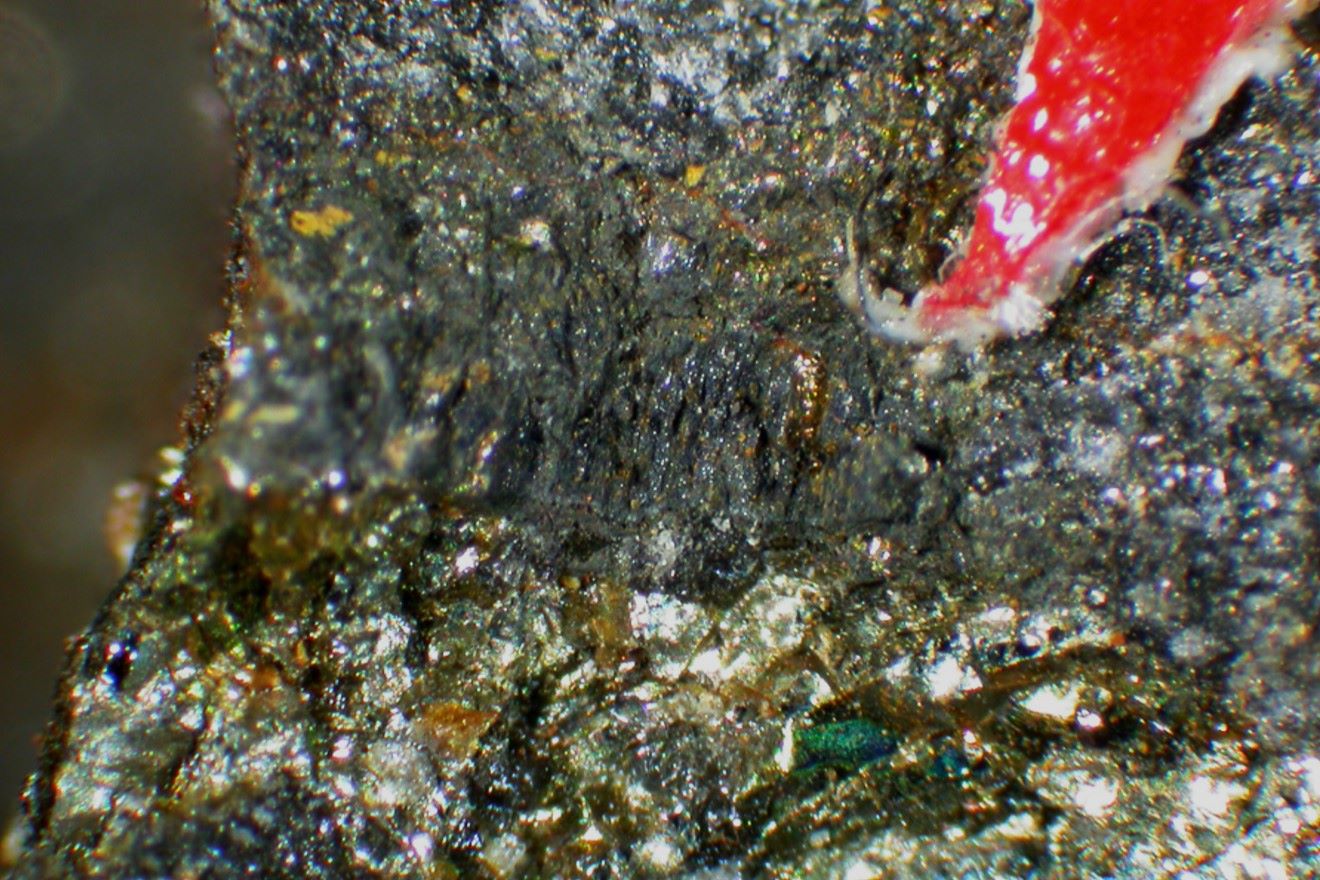
Schreyerite is a rare mineral that often sparks curiosity due to its unique properties and formation. Found primarily in meteorites, this mineral is composed of vanadium and titanium oxide. What makes Schreyerite special? Its rarity and the conditions under which it forms. Discovered in 1962, it was named after German mineralogist Werner Schreyer. This mineral typically appears in tiny grains, making it challenging to study. Why should you care about Schreyerite? Understanding it can provide insights into geological processes and the history of our solar system. Whether you're a geology enthusiast or just love learning about rare minerals, Schreyerite offers a fascinating glimpse into the complexities of Earth's and space's mineralogy.
Key Takeaways:
- Schreyerite is a rare, shiny mineral named after a German mineralogist. It's found in South Africa, Russia, and the USA, and is used for scientific research and prized by collectors for its uniqueness.
- Schreyerite has a cool history and is super rare. It helps scientists study rocks and minerals, and its shiny appearance makes it stand out. It's like a rock star in the world of geology!
What is Schreyerite?
Schreyerite is a rare mineral that intrigues geologists and mineral enthusiasts alike. Named after German mineralogist Werner Schreyer, this mineral has unique properties and an interesting history.
- Schreyerite is a vanadium oxide mineral with the chemical formula V2Ti3O9.
- It was first discovered in 1962 in the Bushveld Complex of South Africa.
- The mineral is named after Werner Schreyer, a renowned German mineralogist.
- Schreyerite typically forms in high-temperature environments, often associated with igneous rocks.
- It has a metallic luster, giving it a shiny, reflective appearance.
- The mineral is usually found in small, granular crystals.
- Schreyerite is opaque, meaning light does not pass through it.
- It has a hardness of 6.5 on the Mohs scale, making it relatively hard.
- The mineral is brittle and can break or shatter easily.
- Schreyerite is often found alongside other vanadium minerals, such as vanadinite and carnotite.
Where Can Schreyerite Be Found?
Schreyerite is not a common mineral, making it a prized find for collectors and researchers. Its occurrence is limited to specific geological settings.
- The Bushveld Complex in South Africa is the primary location where schreyerite has been found.
- It has also been discovered in the Khibiny Massif of Russia.
- Small amounts of schreyerite have been reported in the Stillwater Complex of Montana, USA.
- The mineral is typically found in layered mafic intrusions, which are large, layered igneous rock formations.
- Schreyerite can also occur in hydrothermal veins, where hot, mineral-rich water flows through cracks in rocks.
What Are the Uses of Schreyerite?
While schreyerite is not widely used in commercial applications, it has some specialized uses and significance.
- Schreyerite is primarily of interest to mineralogists and geologists for research purposes.
- It is used as a reference material for studying vanadium and titanium oxide minerals.
- The mineral's unique properties make it valuable for scientific research in high-temperature geochemistry.
- Schreyerite can be used to understand the formation and alteration of vanadium-rich mineral deposits.
- Collectors prize schreyerite for its rarity and unique appearance.
Interesting Facts About Schreyerite
Schreyerite has some fascinating characteristics and historical significance that make it a noteworthy mineral.
- The mineral's discovery in the Bushveld Complex helped scientists understand the complex geology of the region.
- Schreyerite's formation requires specific high-temperature conditions, making it a marker for certain geological processes.
- The mineral's metallic luster and granular crystals make it visually striking.
- Schreyerite is often studied alongside other vanadium minerals to understand their relationships and formation processes.
- Despite its rarity, schreyerite has contributed significantly to the field of mineralogy and geochemistry.
Final Thoughts on Schreyerite
Schreyerite, a rare and fascinating mineral, holds a unique place in the world of geology. Its discovery in the 1960s added a new dimension to our understanding of vanadium minerals. Found primarily in South Africa and Russia, this mineral's striking metallic luster and complex crystal structure make it a subject of interest for both scientists and collectors. Despite its rarity, schreyerite's properties have practical applications, particularly in the field of materials science. Its ability to withstand high temperatures and resist corrosion makes it valuable for industrial uses. Whether you're a geology enthusiast or just curious about the natural world, learning about schreyerite offers a glimpse into the intricate and often surprising ways minerals form and function. Keep exploring, and who knows what other hidden gems you'll uncover in the vast world of minerals!
Frequently Asked Questions
Was this page helpful?
Our commitment to delivering trustworthy and engaging content is at the heart of what we do. Each fact on our site is contributed by real users like you, bringing a wealth of diverse insights and information. To ensure the highest standards of accuracy and reliability, our dedicated editors meticulously review each submission. This process guarantees that the facts we share are not only fascinating but also credible. Trust in our commitment to quality and authenticity as you explore and learn with us.
